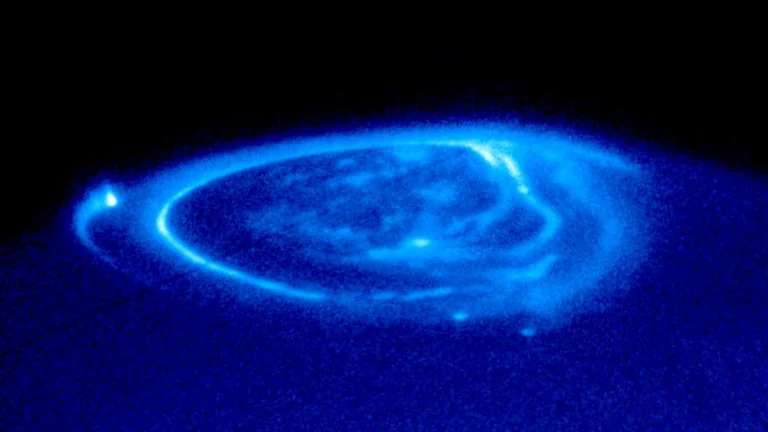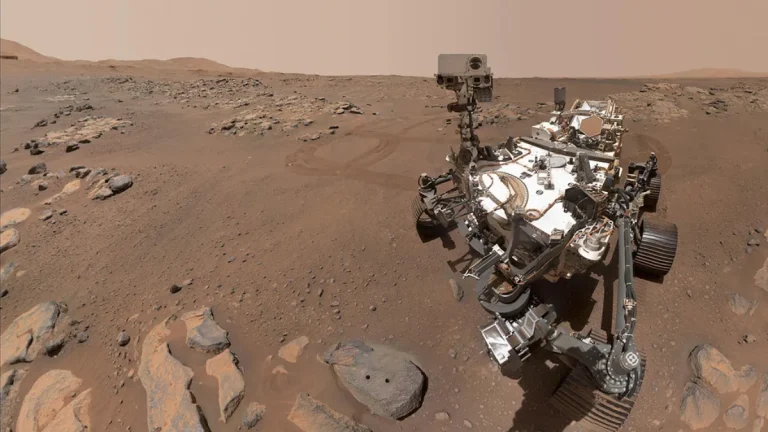Auroras on Jupiter flash in seconds, defying old models
The largest planet in the solar system is putting on a show no telescope has fully caught before. New data from the James Webb Space Telescope shows the gas giant’s auroras flickering in bursts measured in seconds, not minutes. Scientists now face fresh questions about where that power comes from.










